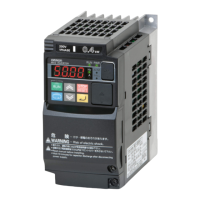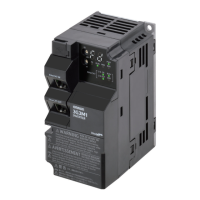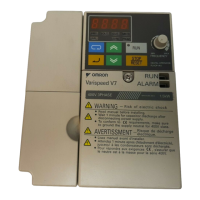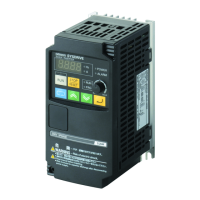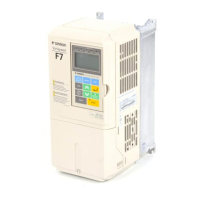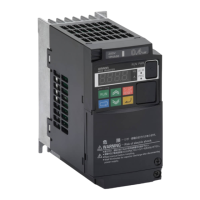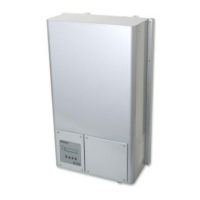228
Component Descriptions Section 5-2
5-2 Component Descriptions
5-2-1 AC Reactors, Input Side
This is useful in suppressing harmonics induced on the power supply lines, or
when the main power voltage imbalance exceeds 3% (and power source
capacity is more than 500 kVA), or to smooth out line fluctuations. It also
improves the power factor.
In the following cases for a general-purpose inverter, a large peak current
flows on the main power supply side, and is able to destroy the inverter mod-
ule:
• If the unbalanced factor of the power supply is 3% or higher
• If the power supply capacity is at least 10 times greater than the inverter
capacity (the power supply capacity is 500 kVA or more)
• If abrupt power supply changes are expected
Examples of these situations include:
1. Several inverters are connected in parallel, sharing the same power bus
2. A thyristor converter and an inverter are connected in parallel, sharing the
same power bus
3. An installed phase-advance (power factor correction) capacitor opens and
closes
Where these conditions exist or when the connected equipment must be
highly reliable, you MUST install an input-side AC reactor of 3% (at a voltage
drop at rated current) with respect to the supply voltage on the power supply
side. Also, where the effects of an indirect lightning strike are possible, install
a lightning conductor.
Example calculation:
V
RS
= 205 V, V
ST
= 203 V, V
TR
= 197 V,
where VRS is R-S line voltage, VST is S-T line voltage, VTR is T-R line volt-
age
Unbalance factor of voltage =
Please refer to the documentation that comes with the AC reactor for installa-
tion instructions.
5-2-2 AC Reactors, Output Side
This reactor reduces the vibrations in the motor caused by the inverter's
switching waveforms, by smoothing the waveforms to approximate commer-
cial power quality. It is also useful to reduce the reflected voltage wave phe-
nomenon when wiring from the inverter to the motor is more than 10 m in
length. Please refer to the documentation that comes with the AC reactor for
installation instructions.
100
×
Meanline voltage
Max. line voltage (min.)
−
Mean Line voltage

